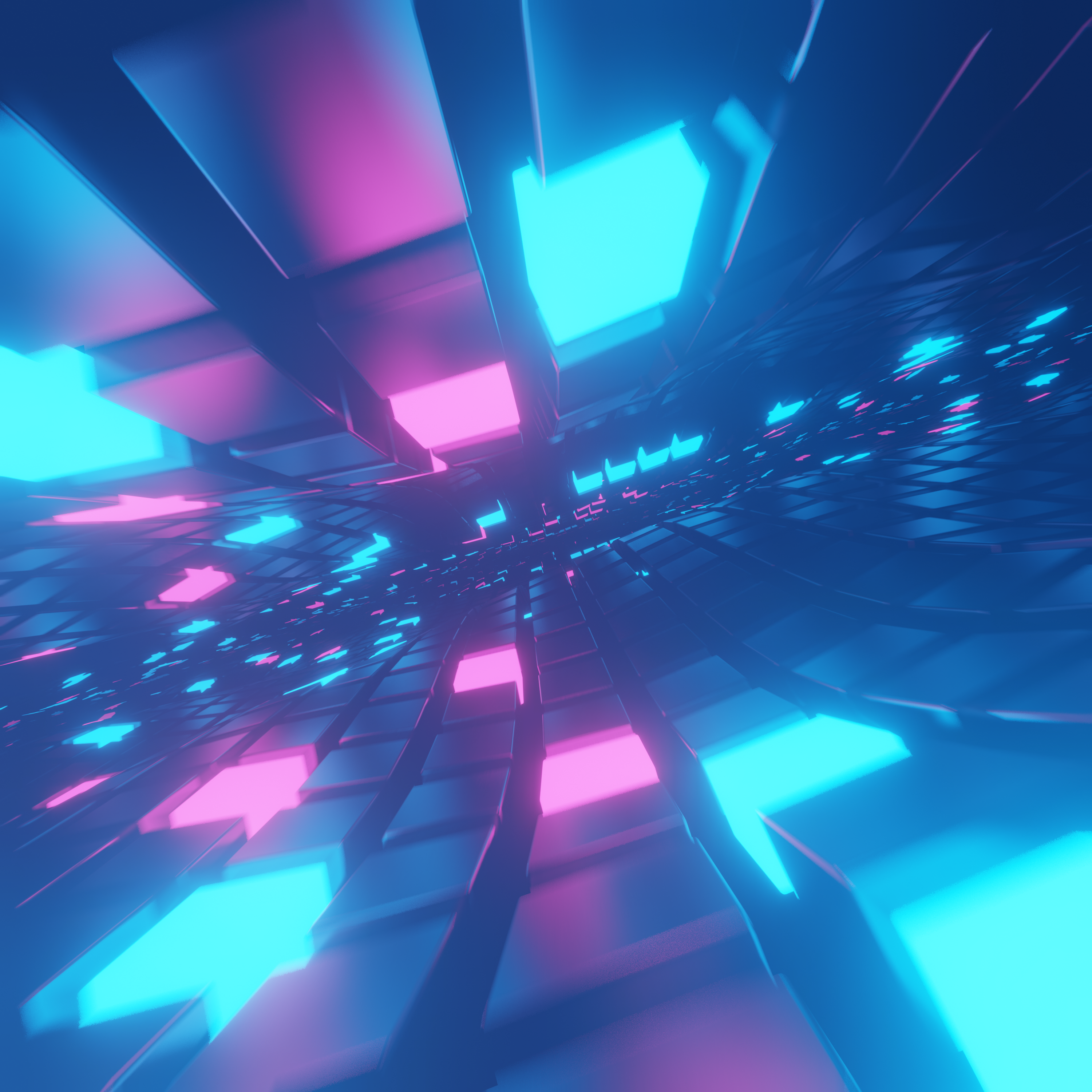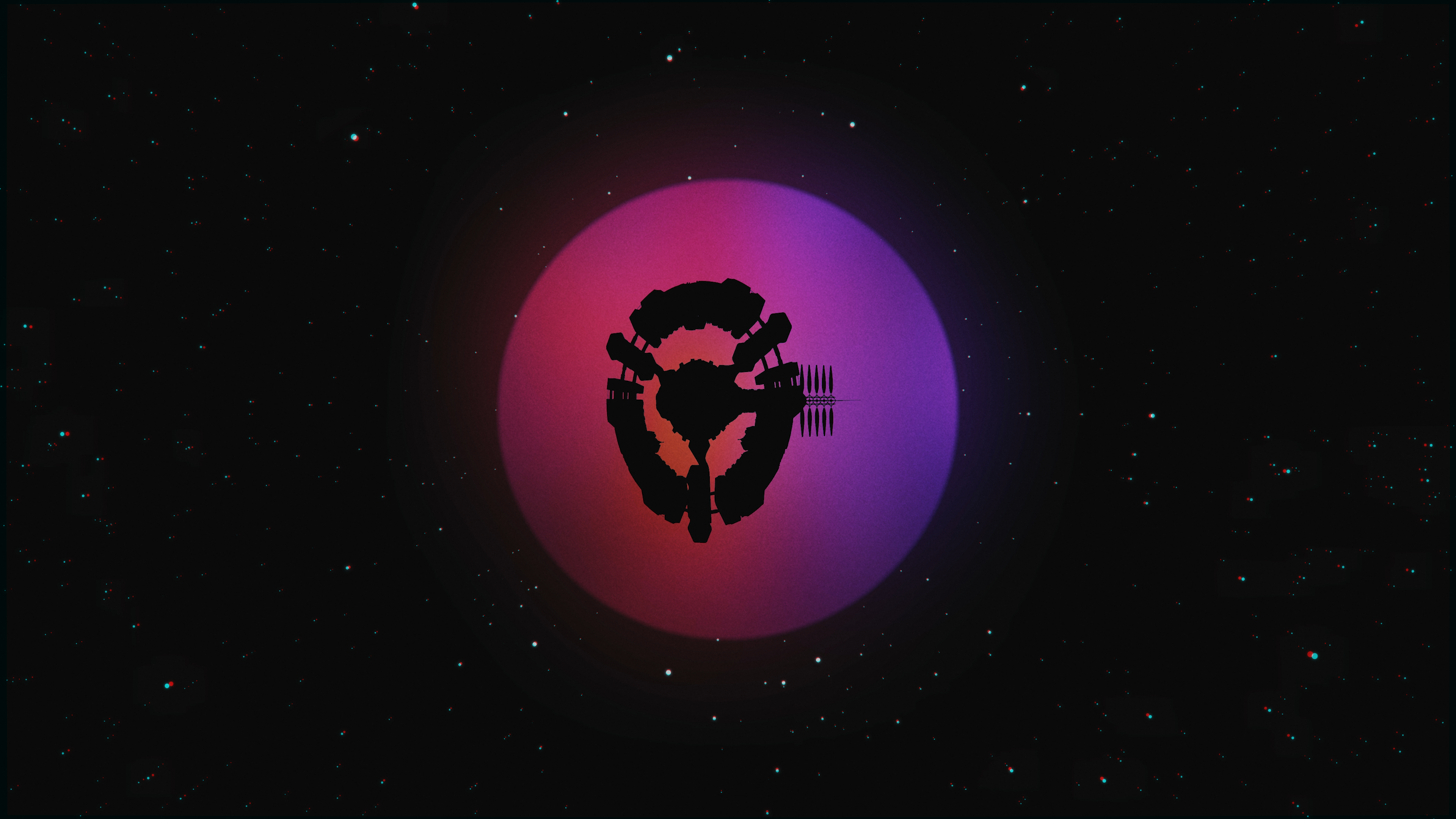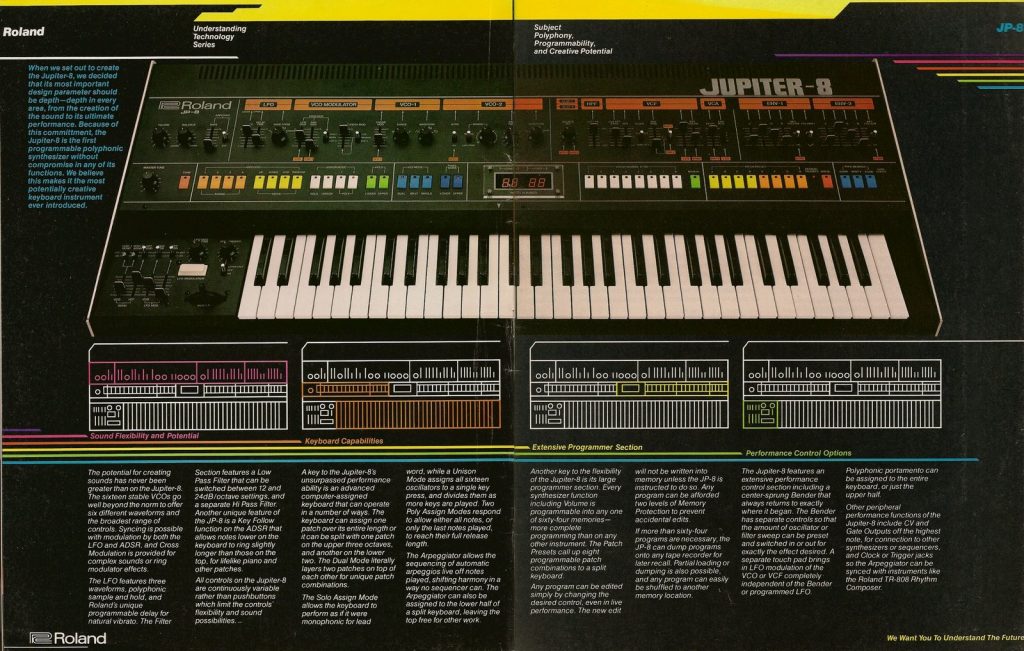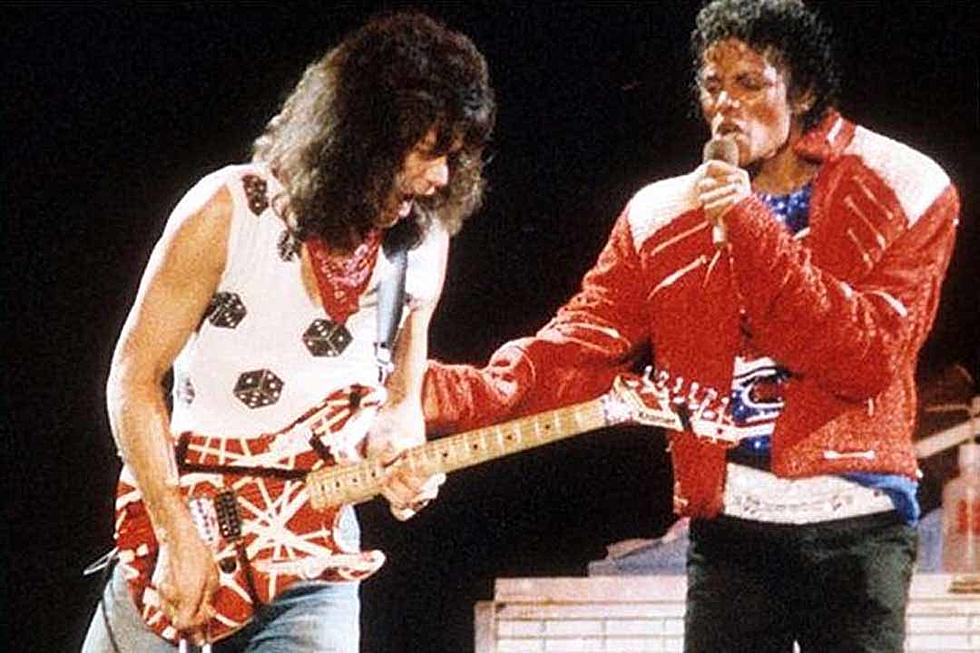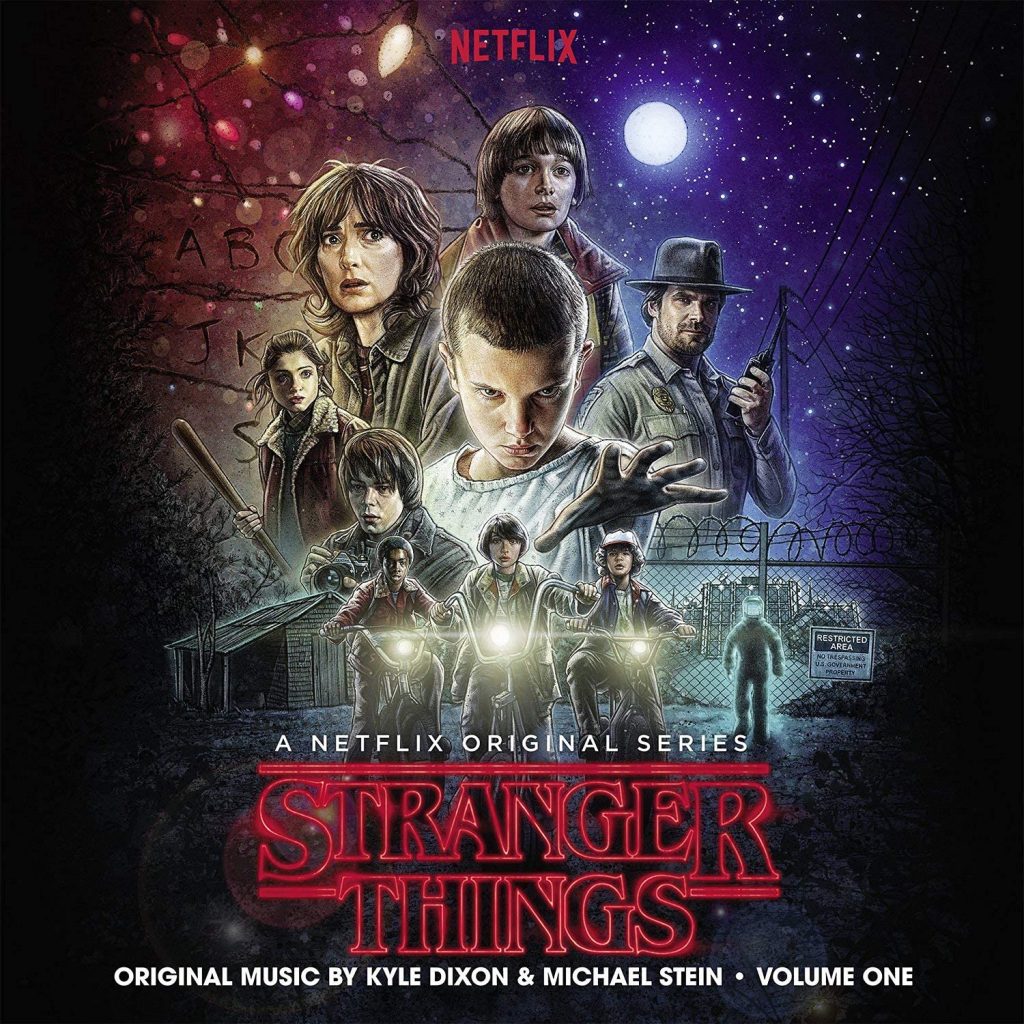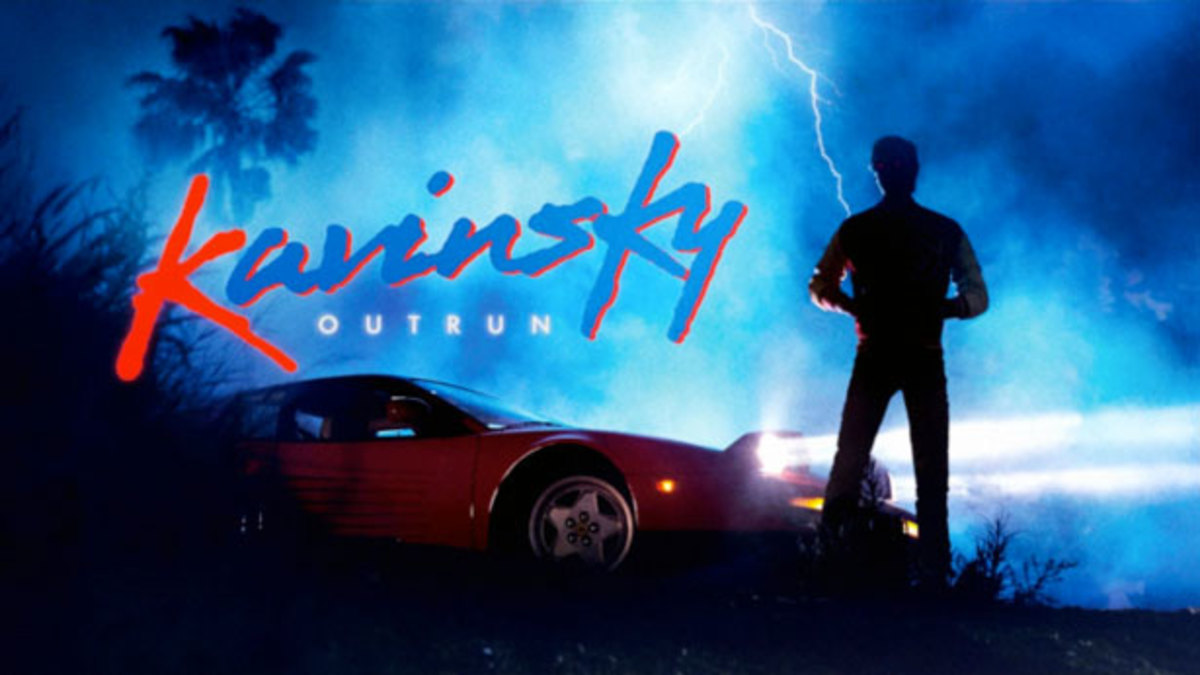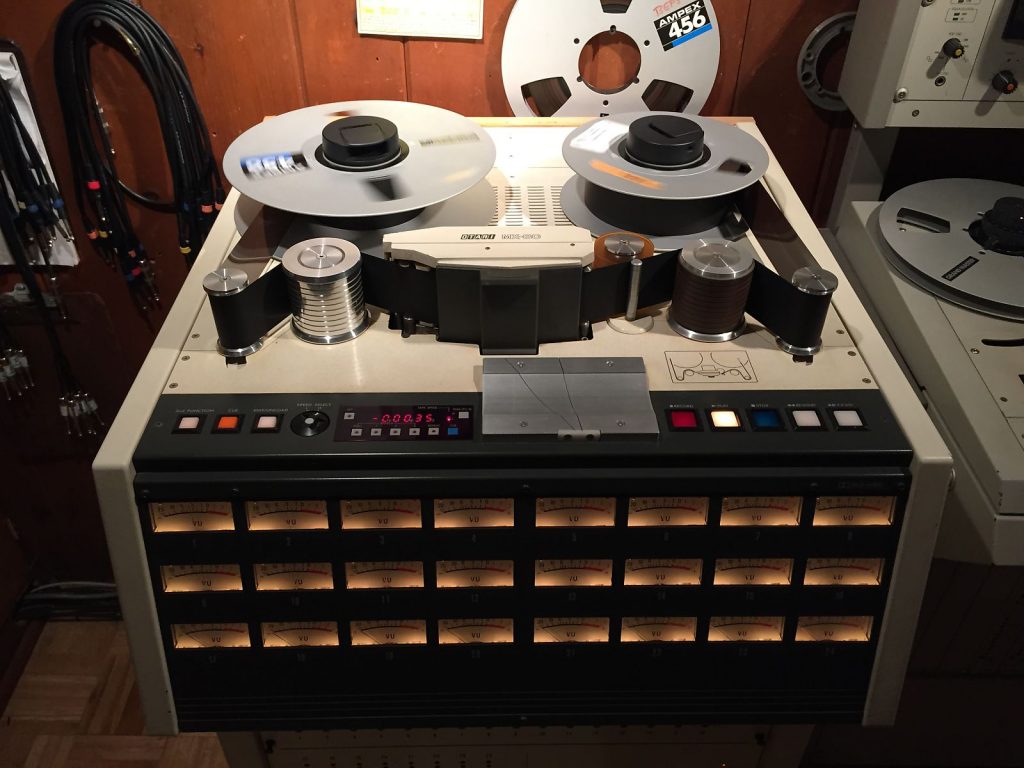I mentioned in a previous post about my effort to listen to more new music after realising I hadn’t actually listened to many albums. It went quite well (certainly better than I was expecting). I listened to 50 LPs in the first 6 days and almost 300 in the first six months. I have learnt a massive amount about music and it’s history as well as gained a much better idea of what genres and styles I like. I’ve kept a record of what I’ve listened on what day and any thoughts I had on them so I thought I’d go over a few highlights and some other stuff that I thought was interesting.
I started my sonic crusade in odd place: Vaporwave and Future Funk. The first album I listened to was Derelict Megatower by Death’s Dynamic Shroud which is a gargantuan four hour long journey up the floors of an abandoned skyscraper (and yes it is as weird as it sounds). Just the sheer size of the project alone is impressive, however it’s certainly not for everyone, or even many people at all. A lot of it sounds very similar and most of it would be better described as a soundscape, meant to create a certain feeling, rather than anything musical. It’s definitely interesting but not something I’d listen to often.
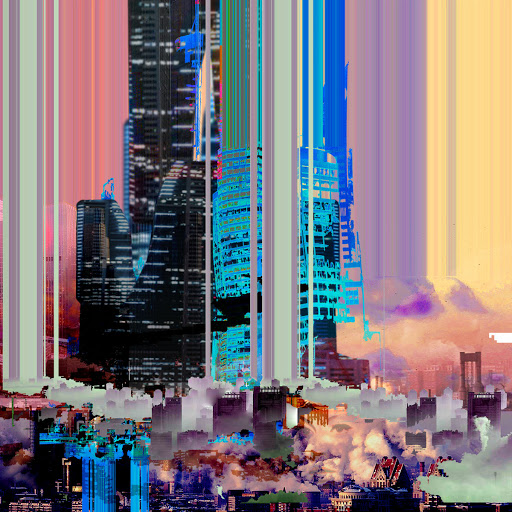
Just before I started actively listening to albums, I discovered that I really enjoyed Daft Punk, so when I discovered that there was a whole new genre heavily influenced by their music called Future Funk, I fell down the rabbit hole very quickly. Future Funk mostly consists of short samples taken from disco and 80s Japanese city pop songs, which makes most tracks of the genre guilty of copyright infringement. It does bring up an interesting discussion about copyright but I’ll save that for a future post. I quickly found that there is a lot of very mediocre Future Funk and the albums I really liked were ones that deviated from the standard formula. Two of these albums are Chromafunk by Pure Colors and Forget by ev.exi, both of which have their own twist on the genre which makes them unique and significantly more interesting. Chromafunk focuses specifically on the funk parts of Future Funk and Forget adds in more elements of older house and electro house.
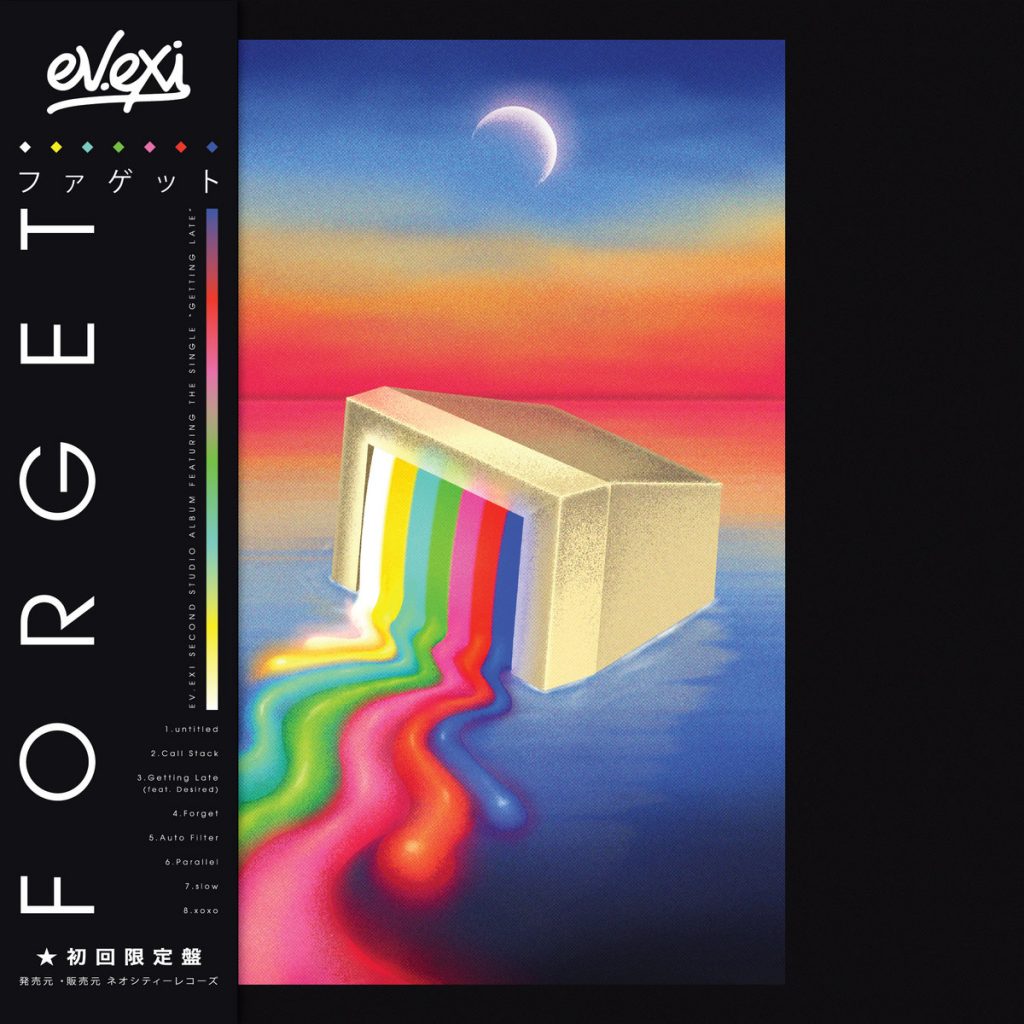
Whilst I definitely like Future Funk, it’s not the most interesting genre. I’ve found it’s best for when I just want to listen to something simple that will keep me entertained. On the opposite side to that is something that demands you’re full attention, not necessarily because it requires all of your brain power to be enjoyed, but because it’s so good that it removes any other distraction: Pink Floyd (specifically Dark Side of the Moon and Wish You Were Here). Both of these albums have become my favourite albums. I’m not sure where it comes from but I love the saying ‘the Dark Side of the Moon is the best album of all time and it’s not even the best Pink Floyd album’. It makes absolutely zero logical sense but it just seems true. ‘Pink Floyd are excellent’ isn’t exactly an unpopular opinion and it’s probably been talk about to death but that’s not going to stop me. Both albums blew my mind, especially WYWH. I didn’t think I liked super long songs but this completely changed my mind. The soundscapes that build up over the span of what would normally be considered a long track are beautiful. The synth sounds that Richard Wright managed to create are not only incredible for the time but still stand up today, which I something that cannot be said about most synth sounds from that time.
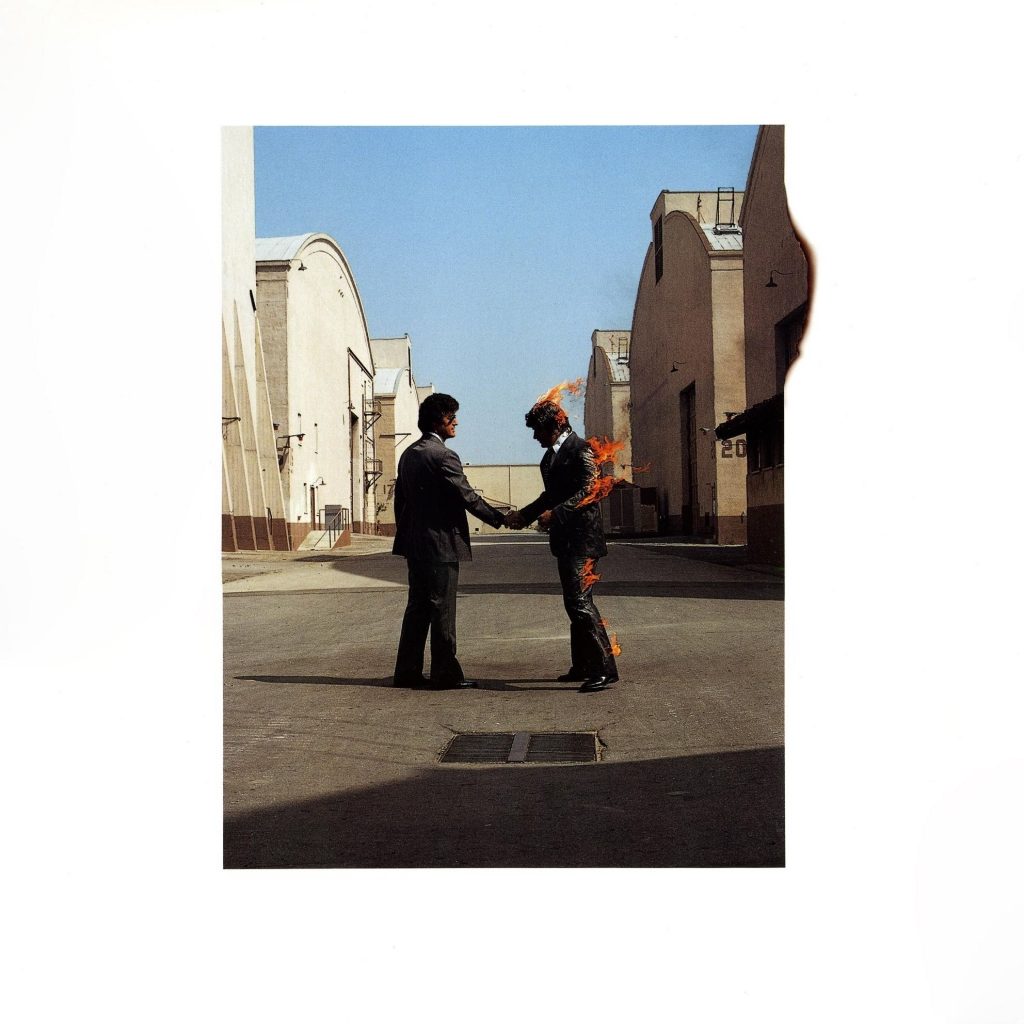
I could go on a very long time about these two albums but this post is already long enough. Obviously, having now listened to close to 400 albums, I couldn’t cover everything in one post so I will probably revisit this topic in future posts.
